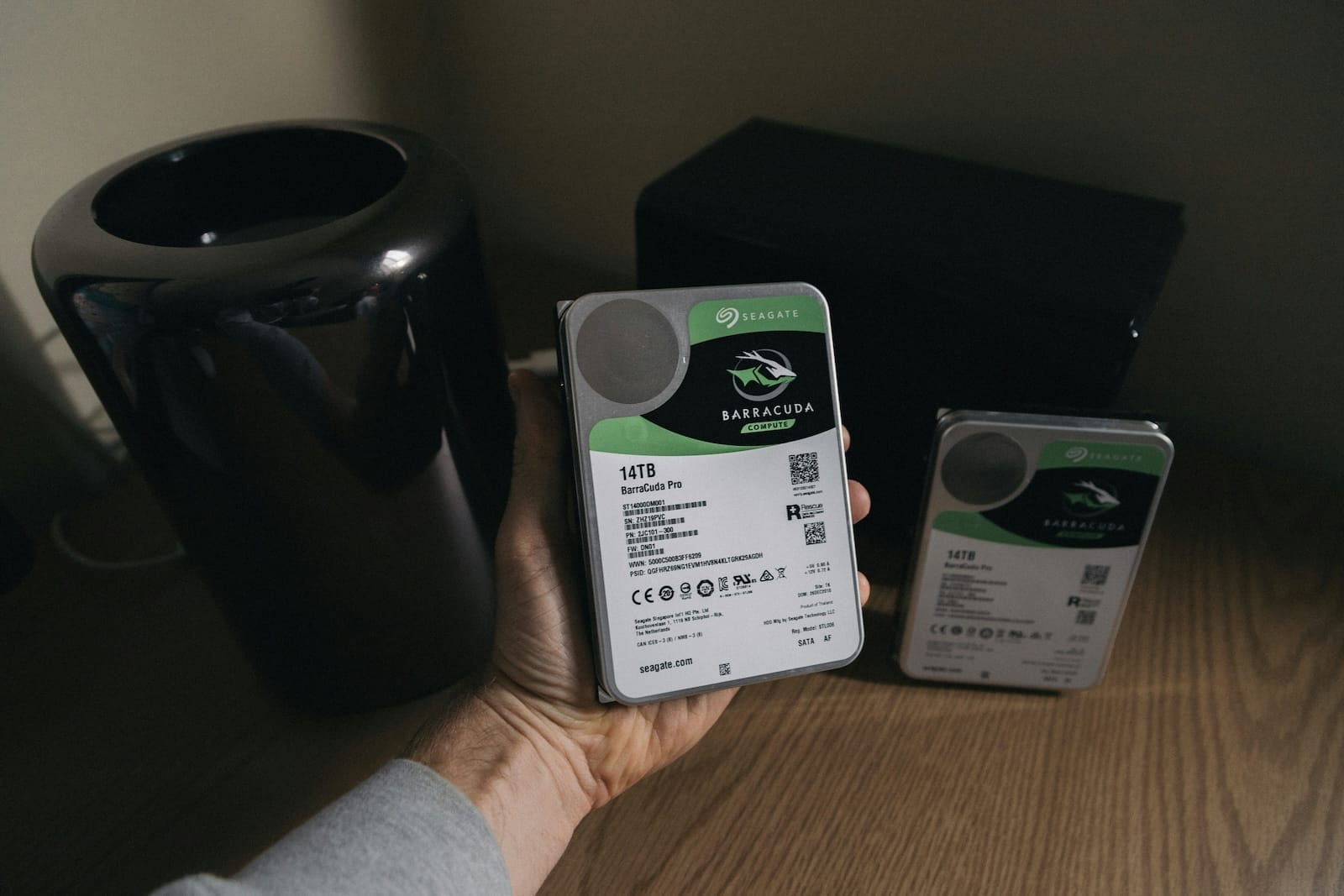Sure! Here is the translation into American English:
RAID (Redundant Array of Independent Disks) is a technology that combines multiple hard drives into a single logical unit to improve performance, redundancy, or both. Among the various RAID levels, RAID 10 (also known as RAID 1+0) stands out for its combination of mirroring and striping, offering a balance between performance and redundancy. This article explores in detail the architecture, advantages, disadvantages, and typical applications of RAID 10.
RAID 10 Architecture
RAID 10 is a hybrid level that combines the features of RAID 1 (mirroring) and RAID 0 (striping). The basic configuration of RAID 10 requires a minimum of four hard drives, although more drives can be used to increase capacity and performance.
- Mirroring (RAID 1): In RAID 1, data is duplicated on two or more drives. This provides redundancy, as if one drive fails, the data is still available on the other drive.
- Striping (RAID 0): In RAID 0, data is divided into blocks and distributed across multiple drives. This improves performance, as read and write operations can be performed in parallel on multiple drives.
In RAID 10, drives are organized into mirrored pairs, which are then combined into a striped set. For example, in a four-drive configuration, the drives are split into two mirrored pairs (A1 and A2, B1 and B2). Data is written to the mirrored pairs, and then distributed across the pairs through striping.
Advantages of RAID 10
- High Performance: RAID 10 combines the speed of RAID 0 with the redundancy of RAID 1. Read and write operations benefit from striping, allowing for quicker data access.
- Redundancy and Reliability: RAID 10 provides a high level of redundancy. If one drive fails, the data is still available on its mirror. Additionally, RAID 10 can tolerate multiple drive failures, as long as two drives in the same mirrored pair do not fail.
- Quick Recovery: In the event of a drive failure, data reconstruction is faster in RAID 10 compared to other RAID levels, such as RAID 5 or RAID 6, as it only requires copying data from the mirror drive.
Disadvantages of RAID 10
- High Cost: RAID 10 requires at least double the storage capacity, as data is duplicated on the mirror drives. This can result in significant costs, especially in configurations with many drives.
- Limited Capacity: The usable capacity of RAID 10 is half of the total capacity of the drives due to data duplication. For example, in a four-drive configuration of 1 TB each, the usable capacity is 2 TB.
- Management Complexity: While RAID 10 is simpler than some other RAID levels, such as RAID 5 or RAID 6, it still requires careful management to ensure that the drives are properly configured and maintained.
Typical Applications of RAID 10
RAID 10 is ideal for applications that require high performance and high availability, such as:
- Databases: Critical databases, such as those used in Database Management Systems (DBMS), benefit from the high performance and redundancy of RAID 10.
- File Servers: In environments where quick access to files is crucial, RAID 10 can provide superior performance and increased reliability.
- Virtualization: Virtualization environments, such as VMware or Hyper-V servers, can benefit from RAID 10 to enhance the performance of virtual machines and ensure data availability.
- High-Performance Applications: Any application that requires high I/O performance, such as high-traffic web servers or data analysis applications, can benefit from RAID 10.
Implementation Considerations
When implementing RAID 10, it is important to consider the following factors:
- Number of Drives: RAID 10 requires an even number of drives, with a minimum of four. As more drives are added, performance and capacity increase, but so does the cost.
- Drive Size: It is advisable to use drives of the same size to avoid capacity and performance issues. If drives of different sizes are used, the usable capacity will be limited to the size of the smallest drive in each mirrored pair.
- RAID Controller: A hardware RAID controller can improve the performance and management of RAID 10 compared to a software-based solution. However, hardware controllers can be costly.
- Monitoring and Maintenance: It is essential to monitor the health of the drives and perform regular maintenance to detect and replace failed drives before they affect data integrity.
In Summary
RAID 10 is a powerful solution that combines the advantages of RAID 1 and RAID 0, offering a balance between performance and redundancy. While it can be costly in terms of capacity and hardware, its reliability and performance make it ideal for critical applications that require high availability and quick access to data. When implementing RAID 10, it is crucial to carefully consider capacity, performance, and cost requirements to ensure an optimal and efficient configuration.

